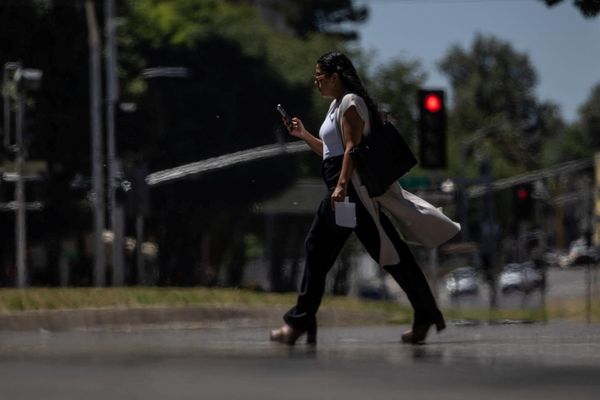
Online hate speech depends heavily on mainstream media “deficit discourses” about First Peoples, transgender people, asylum seekers and ethnic minorities, a new report shows, but the relationship is complex and nuanced.
A two-part report on online hate speech in Australia from progressive digital campaign group Purpose looks at four case studies around hate speech, centring on crime in Alice Springs, a Chinese-language publication’s campaign against Indian migrants, reporting of Katherine Deves’ comments on trans people, and the response to Labor’s changes to humanitarian visas earlier this year.
The demonstration of how hate speech can “germinate” around deficit discourses in news publishing provides an insight into the way that racist hate speech has surged dramatically during the campaign leading up to the Voice referendum. With the mainstream media, including outlets such as the ABC, platforming the arguments of the No camp as equivalent to those of the Yes camp, the “deficit discourses” of the No campaign, especially the “threat” posed by the Voice and by First Peoples if a Voice is established, have been given considerable media airtime. The “germination” of hate speech around these arguments once they are shared on social media has inevitably resulted, regardless of the intentions of the media.
Overt media hostility to some groups persists: the report cites a 2021 study showing that between 2018 and 2020, News Corp tabloids ran dozens of negative stories about Muslims, far in excess even of The Australian or tabloid current affairs programs. The report also examines articles by the mainly Mandarin-language Australian Financial News (which also operates a far more innocuous English-language site) that between 2021 and 2022 ran a series of articles identifying India as the source of the then-new Delta COVID strain, the threat posed by Indian immigrants, including that they would “occupy” Australia, comparisons of the superiority of Chinese migrants over Indian migrants, references to a coming war between China and India, and polls such as “What’s your opinion towards the large number of Indians overflowing Australia, suppressing Chinese community?”
The articles were circulated on WeChat and generated racist comments and stereotypes about Indians and Indian immigration, but also pushback against racism, reflecting that social media and “the comments section” is more of a contested than merely toxic space in which racism thrives unchallenged.
Media coverage of crime in Alice Springs in early 2023 was characterised by “deficit discourses” about First Peoples — narratives that frame targeted groups as a threat to the in-group, dysfunctional or incompetent or a problem to be solved by others — and “news providers made consistent choices about which of the many possible perspectives to lead with, emphasising the ‘crisis’ as a short term escalation requiring police or even military intervention, and as a threat to businesses and the non-First Nations population in particular. Widely cited sources included Alice Springs Mayor Matt Paterson and other business owners who were quoted to emphasise the commercial impacts of the events, particularly for non-Indigenous people.”
When such articles were shared on social media, they prompted “dehumanising speech and hate speech … A major locus for speech that denigrated, dehumanised or called for forms of violence and discrimination against First Nations people”, with a particular focus on calls for state violence against First Peoples. Articles that featured video footage tended to elicit significantly more hateful comments than text-only articles — either because text articles adhered to media guidelines about avoiding emphasis on racial identity compared to video, or because print publications moderate comments differently.
The mainstream content was then collaged and curated by far-right extremists on less popular social media networks such as Telegram, which elicited even more hateful and disturbing reactions from commenters.
However, it was also social media users who discredited one of the key mainstream media narratives, when Facebook users exposed “Alice Springs registered nurse” Rachel Hale as a cosmetic nurse from Darwin, again demonstrating how social media is more complex and nuanced than the toxic environment it appears to be.







